10 Creative Pond Designs for Small Gardens: Maximize Your Space with Style
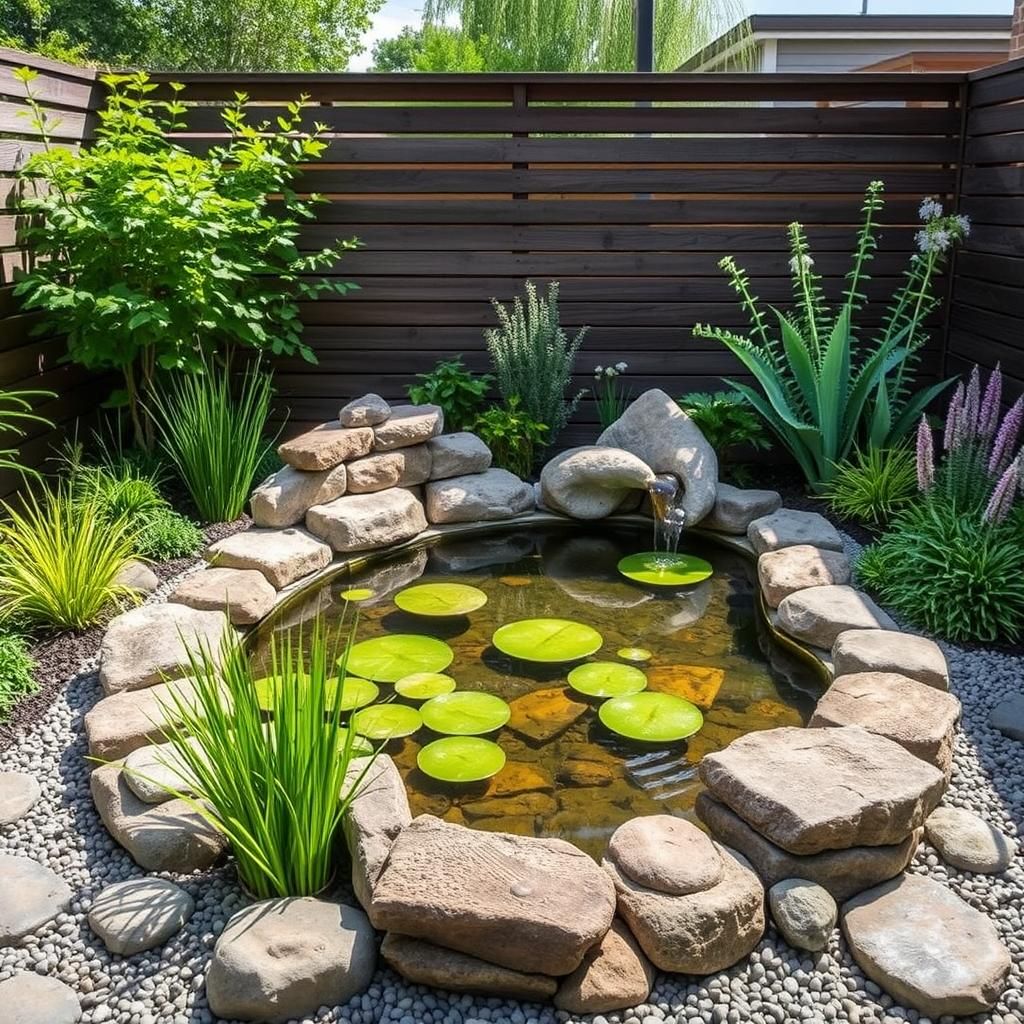
Transforming a small garden into a serene oasis can be a challenge, but incorporating a pond is a perfect solution. In this article, we explore ten creative pond designs that not only maximize limited space but also enhance the aesthetic appeal of your garden. From minimalist reflections to vibrant wildlife habitats, these innovative ideas will inspire you to bring water features into your outdoor sanctuary. Whether you have a tiny balcony or a compact backyard, these stylish pond designs will help you create a tranquil retreat that harmonizes with nature, elevating your garden's charm and character.
Pond Designs for Small Gardens
Designing a pond for a small garden can be an exciting yet challenging endeavor. A well-thought-out pond can enhance the beauty of your outdoor space while providing a habitat for local wildlife. In confined spaces, the key is to maximize the aesthetics and functionality without overwhelming the garden. Consider incorporating features such as water plants, small fish, and natural stone borders to create a serene and inviting atmosphere. Additionally, ensure that the pond is well-integrated into the surrounding landscape, using native plants and strategic lighting to enhance the visual appeal both day and night.
Choosing the Right Location
The location of your pond is critical to its success. Ideally, you should select a spot that receives some sunlight while also ensuring that it is away from large trees, which can drop leaves and debris into the water. Evaluating the drainage and soil conditions is also essential, as well-drained soil facilitates better water retention. Consider positioning the pond where it can be easily viewed from focal points in your garden, such as patios or seating areas, to create an inviting atmosphere for relaxation.
Pond Size and Shape
For small gardens, the size and shape of the pond are crucial elements that determine its overall impact. A smaller pond may be more appropriate, as it allows for easier maintenance and upkeep. However, even tiny ponds can be designed with depth variations to support a range of aquatic life. Natural shapes, such as kidney or oval forms, can create a more organic feel than geometric designs, which can sometimes look out of place in smaller landscapes.
Water Features and Fountains
Adding a water feature or fountain can enhance the sensory experience of your small pond. The sound of trickling water can create a peaceful ambiance, attracting birds and other wildlife to your garden. Choose smaller fountains that complement the size of your pond while providing visual interest. Ensure that the feature is easy to maintain and that it has an efficient water circulation system, promoting a healthy ecosystem in your pond.
Choosing Aquatic Plants
Incorporating aquatic plants is essential for creating a balanced pond ecosystem. Select plants that thrive in the local environment and can adapt to the size of your pond. Water lilies, lotus, and marginal plants like pickerel rush can provide beauty and help oxygenate the water. Additionally, ensure that you mix submerged plants that maintain the clarity of the water and offer shelter for small creatures, contributing to a thriving garden habitat.
Maintenance Tips for Small Ponds
Regular maintenance is necessary to keep your small pond clean and healthy. This includes removing debris, monitoring water levels, and maintaining the filtration system. Additionally, regularly check for the presence of algae and take measures to control it, as excessive algae growth can harm the pond, making it less visually appealing. Consider using natural methods like beneficial bacteria or introducing fish that feed on algae to keep the ecological balance intact.
| Feature | Benefit |
|---|---|
| Water Plants | Enhance aesthetics and provide habitat |
| Fountains | Create ambiance and aerate water |
| Location | Optimizes sunlight and visibility |
| Maintenance | Ensures pond health and clarity |
How deep does a small garden pond need to be?

To determine how deep a small garden pond needs to be, various factors should be considered. Generally, a depth of at least 18 to 24 inches (45 to 60 centimeters) is recommended for most small garden ponds. This depth allows for a stable environment for aquatic life and helps prevent issues related to temperature fluctuations and evaporation. However, for keeping fish, a minimum depth of 3 feet (about 1 meter) is often advisable to ensure that they have enough space to thrive and to survive the winter months.
Various elements play a role in determining the optimal depth for your pond.
Benefits of Depth in Garden Ponds
The depth of a garden pond affects multiple aspects of the ecosystem within it. A suitable depth contributes to temperature regulation and provides a habitat for different organisms.
- Temperature Regulation: Deeper areas help maintain cooler temperatures during hot weather.
- Fish Habitat: Different fish species require varying depths which affects survival rates.
- Plant Growth: Certain aquatic plants thrive in particular depth ranges, promoting biodiversity.
Minimum Depth for Fish Survival
For those planning to include fish in a small garden pond, it’s crucial to maintain an appropriate depth for their survival.
- Winter Survival: Fish can survive winter in deeper waters where temperatures are more stable.
- Swimming Space: Adequate depth provides fish with room to swim and hide from predators.
- Oxygen Levels: Deeper ponds typically have better oxygenation, which is vital for fish health.
Recommended Depth for Aquatic Plants
Aquatic plants are essential for a balanced pond ecosystem, and their requirements vary based on depth.
See also:
- Submerged Plants: These can thrive in depths of 12 to 24 inches, aiding oxygenation.
- Floating Plants: Ideal in shallower areas to avoid being submerged completely.
- Marginal Plants: Best suited for edges where the depth is between 6 inches to 12 inches.
Impact of Water Temperature
The depth of your pond can have a significant influence on the water temperature, which in turn affects the ecosystem.
- Surface Layer: Warms quickly in sunlight, affecting aquatic life.
- Deeper Layers: Remain cooler and can act as refuge during heatwaves.
- Thermal Stratification: Different depths can create layers of varying temperatures, impacting oxygen levels.
Considerations for Pond Construction
When constructing a pond, it’s essential to consider various aspects that affect the depth and overall health of the pond ecosystem.
- Size of the Pond: Larger ponds can accommodate greater depth variations.
- Location: Sunlight exposure can affect water temperature, influencing depth decisions.
- Local Climate: Colder climates may require deeper ponds for fish survival during winter.
What is the best shape for a small pond?
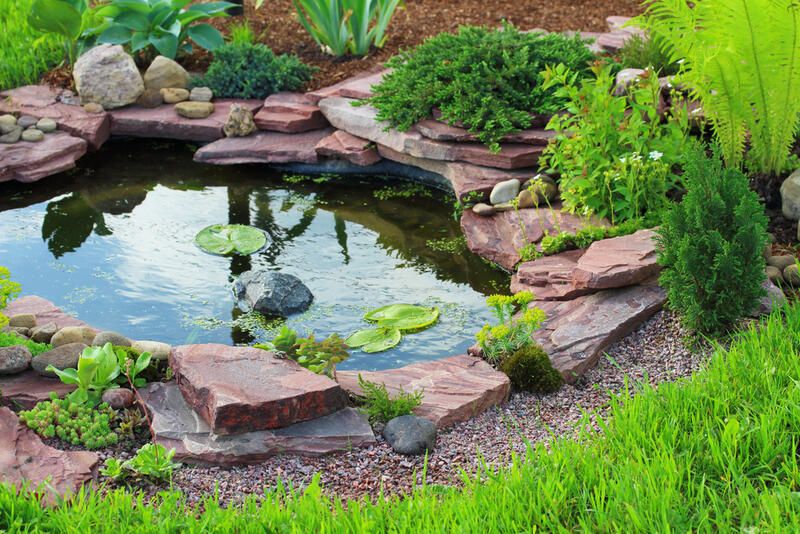
The best shape for a small pond can depend on several factors, including aesthetics, functionality, and maintenance. However, there are several common shapes that are often recommended for small ponds to maximize beauty and utility.
Naturalistic Shape
A naturalistic shape mimics the contours of natural water bodies and is often favored for its aesthetic appeal. This shape typically has an irregular outline, which can enhance the visual dynamics of the landscape.
- Blends with Nature: A natural pond shape helps the water feature to blend seamlessly into the surrounding environment.
- Encourages Wildlife: The varied edges and shapes promote habitat for various species, enhancing biodiversity.
- Appealing Design: The non-linear design offers a more scenic view from multiple angles, making it attractive throughout different seasons.
Oval or Circular Shape
An oval or circular shape is popular for small ponds due to its simple, clean lines and ease of construction. This shape can be easily fitted into different garden styles and landscapes.
- Symmetry: The symmetrical form creates a sense of balance and can be visually calming.
- Easier Maintenance: Straight lines and curves in these shapes are easier to manage, making cleaning and maintenance simpler.
- Space Efficiency: An oval or circular pond can fit well in tight spaces without compromising the overall visual impact.
Rectangular Shape
A rectangular shape tends to provide a modern and structured look, which can complement contemporary garden designs. This shape may work particularly well for smaller, urban settings.
- Definition: The sharp edges provide a clear definition and can serve as a design focal point.
- Functional Areas: Rectangular ponds can be easier to section off for different uses, including swimming, fishing, or planting aquatic plants.
- Installation Simplicity: Installing a rectangular pond can be straightforward, allowing for clear measurements and easy lining.
Freeform Shape
A freeform shape allows for creative flexibility in pond design, where the outline can be customized to suit personal taste and the specific landscape.
- Unique Design Opportunities: This shape offers opportunities to create one-of-a-kind designs that fit individual tastes.
- Enhanced Depth Variations: Freeform shapes can incorporate varying depths, enhancing habitat for aquatic life.
- Dynamic Aesthetic: The irregularity creates a more organic, visually interesting feature in the landscape.
Key Considerations for Shape
When selecting the best shape for a small pond, several key considerations should be kept in mind.
- Space Availability: The size and available area you have will play a critical role in dictating what shape works best.
- Surrounding Landscape: Consider how the shape will blend with existing features like plants, trees, and your overall landscape design.
- Intended Use: Determine what the main purpose of the pond is, whether it's for aesthetics, recreation, or wildlife attraction, as this can influence the shape decision.
What should you put in the bottom of a small pond?
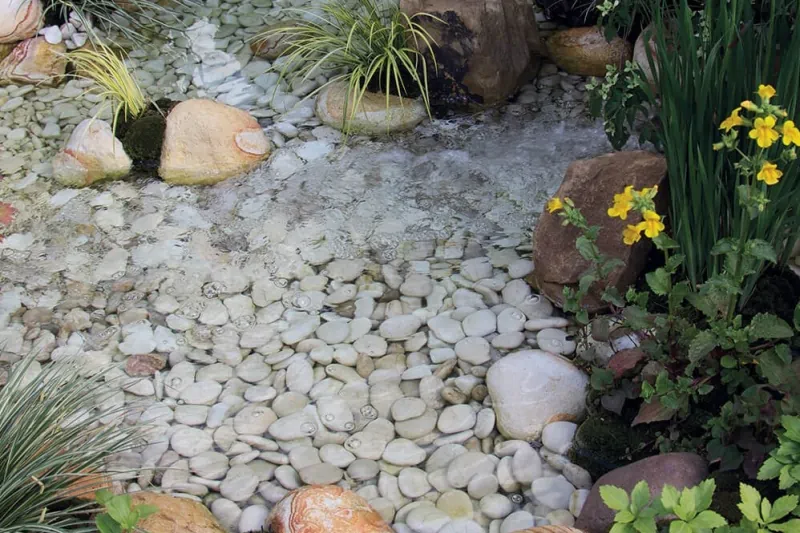
To create a healthy and balanced ecosystem in a small pond, there are several essential components that should be placed at the bottom. The chosen materials not only contribute to the aesthetics of the pond but also support beneficial microbial life, provide habitats for aquatic organisms, and enhance water quality. Below are some key elements to consider for the bottom of a small pond.
Natural Substrate
A natural substrate is fundamental for the ecosystem of a pond. It acts as a base for plant growth and allows for the development of beneficial microorganisms.
- Gravel: Provides excellent drainage and prevents the soil from becoming compacted.
- Sand: Creates a fine layer that benefits smaller aquatic creatures and plants.
- Silt: Aids in nutrient retention and supports a variety of microbial life.
Aquatic Plants
Incorporating aquatic plants into the bottom of your pond is vital for creating a balanced ecosystem. They provide oxygen, reduce algae growth, and offer shelter for fish and other wildlife.
See also: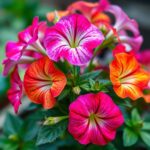
- Submerged plants: Such as eelgrass and hornwort, help oxygenate the water.
- Floating plants: Including water lilies and duckweed, shade the water and control algae growth.
- Marginal plants: Such as cattails and bulrushes, stabilize the pond banks and provide habitat.
Rocks and Stones
Adding rocks and stones to the pond bottom enhances the natural habitat and provides hiding places for fish and other aquatic creatures.
- Large boulders: Create structure and depth variations in the pond.
- Small pebbles: Offer surfaces for algae growth, which is a food source for various organisms.
- Slate or flat stones: Serve as spawning sites for fish, especially during breeding seasons.
Organic Matter
Incorporating organic matter, such as decomposed leaves and plant debris, aids in establishing a nutrient-rich environment that supports diverse aquatic life.
- Compost: Provides essential nutrients as it decomposes, promoting plant growth.
- Leaf litter: Attracts detritivores, which helps break down organic material.
- CO2-producing materials: Such as logs or branches, enhance the carbon cycle within the pond.
Filtration Materials
Using filtration materials at the bottom of the pond can drastically improve water clarity and overall quality. They help to filter out debris and provide habitats for beneficial bacteria.
- Filter media: Such as foam or sponge, aids in biological filtration by housing beneficial bacteria.
- Activated carbon: Removes impurities and odors, ensuring cleaner water.
- Zeolite: Helps control ammonia levels, making the water safer for fish and plants.
Should a pond have gravel in the bottom?
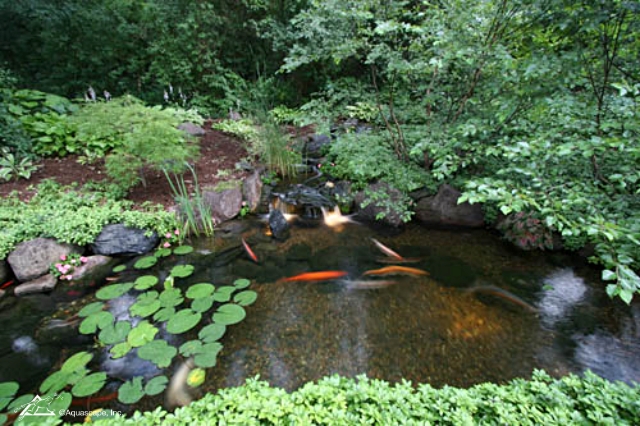
Including gravel in the bottom of a pond can have both pros and cons, depending on the specific goals and considerations for the water feature. Here are several factors to consider when deciding whether to add gravel to your pond's bottom.
Benefits of Adding Gravel to a Pond
Adding gravel to the bottom of a pond can provide multiple advantages:
- Natural Filtration: Gravel helps in creating a natural filtration system, preventing the buildup of organic waste and improving water quality.
- Habitat Creation: It offers a habitat for beneficial microorganisms and aquatic life, promoting biodiversity.
- Aesthetic Appeal: Gravel can enhance the visual aspect of the pond, giving it a more natural and well-constructed appearance.
Potential Drawbacks of Gravel in a Pond
While gravel can be beneficial, it may also create challenges:
- Difficult Maintenance: Cleaning the pond can become more challenging, as debris can settle among the gravel.
- Silt Accumulation: Over time, silt may accumulate in the gravel, leading to reduced water flow and health issues for the pond ecosystem.
- Inconsistent Depth: Different gravel sizes can create uneven surfaces, potentially causing safety hazards or making it difficult for aquatic plants to grow.
Type of Gravel to Use
When choosing gravel, it's important to consider the type that will be used:
- Size Matters: Larger gravel stones facilitate drainage, while smaller gravel can hold more debris.
- Material Composition: Use natural stone or crushed rock, avoiding materials like concrete, which can leach harmful chemicals.
- Compatibility: Ensure the gravel is compatible with local aquatic plants and wildlife to maintain ecological balance.
Impact on Aquatic Plants
Gravel can have a significant effect on aquatic flora:
- Root Anchoring: Plants can attach their roots securely to the gravel, promoting vigorous growth.
- Nutrient Access: The gaps between gravel stones allow plants to access nutrients while preventing root rot.
- Variety of Plant Species: Different types of gravel can support diverse plant life, enhancing pond aesthetics.
Considering Pond Wildlife
Gravel plays a role in maintaining a healthy pond ecosystem:
- Breeding Grounds: Some fish species utilize gravel as spawning grounds, which is essential for their reproductive success.
- Microhabitats: Gravel beds create microhabitats for insects and other organisms, benefiting the entire ecosystem.
- Predator Protection: Wildlife can use gravel areas as cover from predators, promoting greater survival rates.
Questions from Our Readers
What are the best pond designs for small gardens?
Pond designs for small gardens should prioritize minimalism and functionality. A circular or oval pond can complement the dimensions of a smaller space, while a raised pond can enhance visual interest. Including water plants and using natural stones can help create a harmonized look that doesn't overcrowd the area.
How much space is needed for a pond in a small garden?
The space needed for a pond in a small garden largely depends on the design you choose. However, a pond can function effectively in areas as small as 3 to 5 square feet. It's important to ensure that there's still adequate surrounding space for plants and seating to maintain a balanced garden layout.
What types of fish can be kept in a small garden pond?
In a small garden pond, you can typically keep small fish such as goldfish or minnows that require minimal space. These fish not only add color but also help in keeping the pond ecosystem balanced. It's crucial to consider the pond's depth and water quality to ensure a healthy environment for the fish.
See also: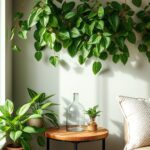
How do I maintain a pond in a small garden?
Maintaining a pond in a small garden involves regular tasks such as cleaning debris, monitoring water quality, and ensuring the health of any plants and fish. It's also important to check the pH levels and add a filtration system if necessary. A maintenance schedule can help keep your pond thriving without overwhelming your gardening routine.

If you want to read more articles like 10 Creative Pond Designs for Small Gardens: Maximize Your Space with Style, we recommend you check out our Landscaping category.
Leave a Reply
Related Articles